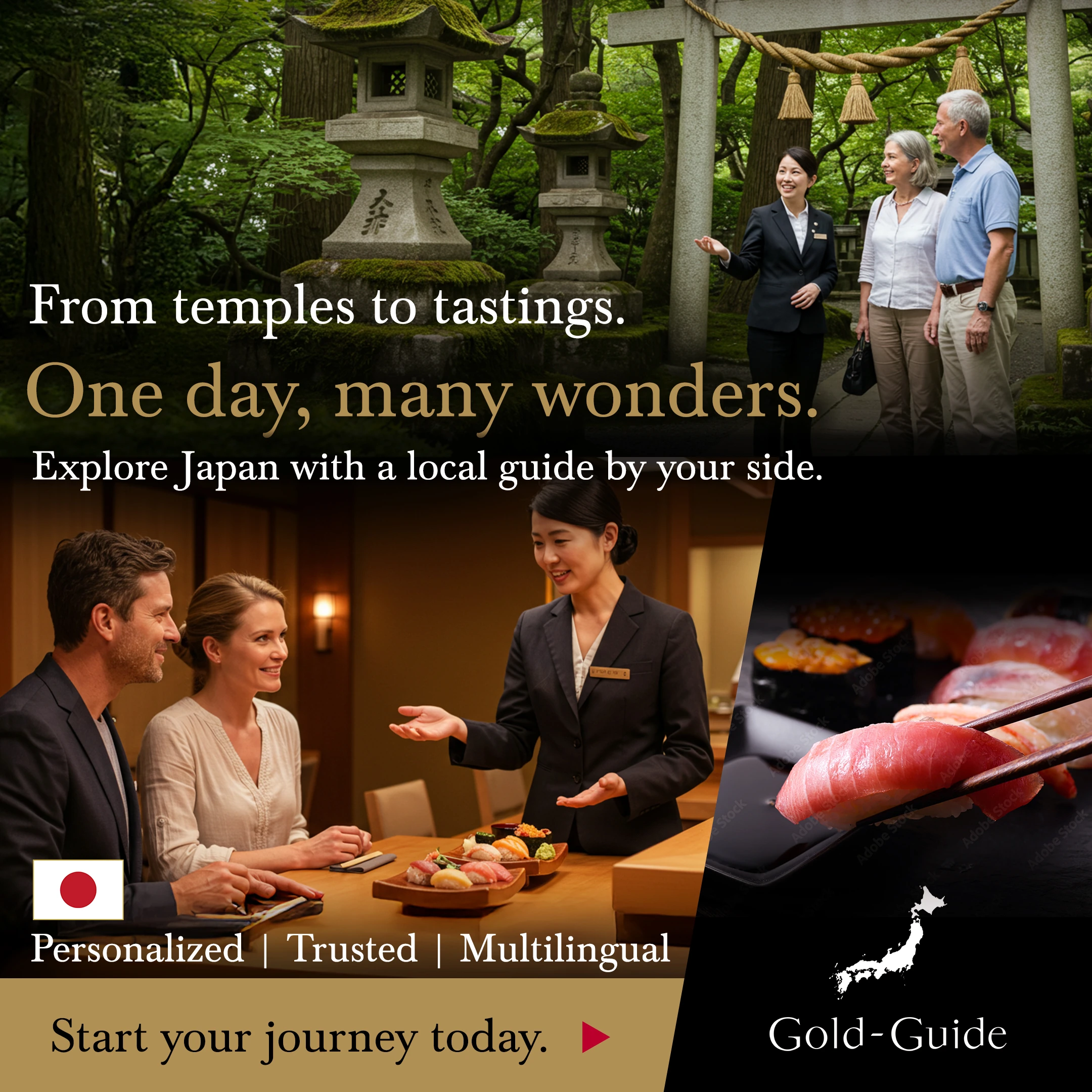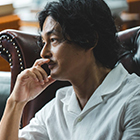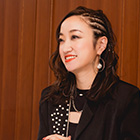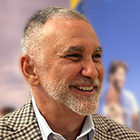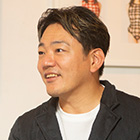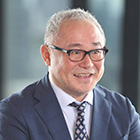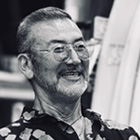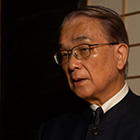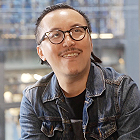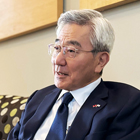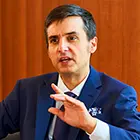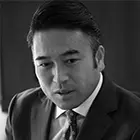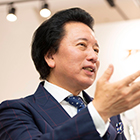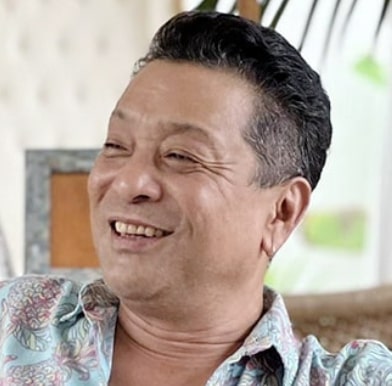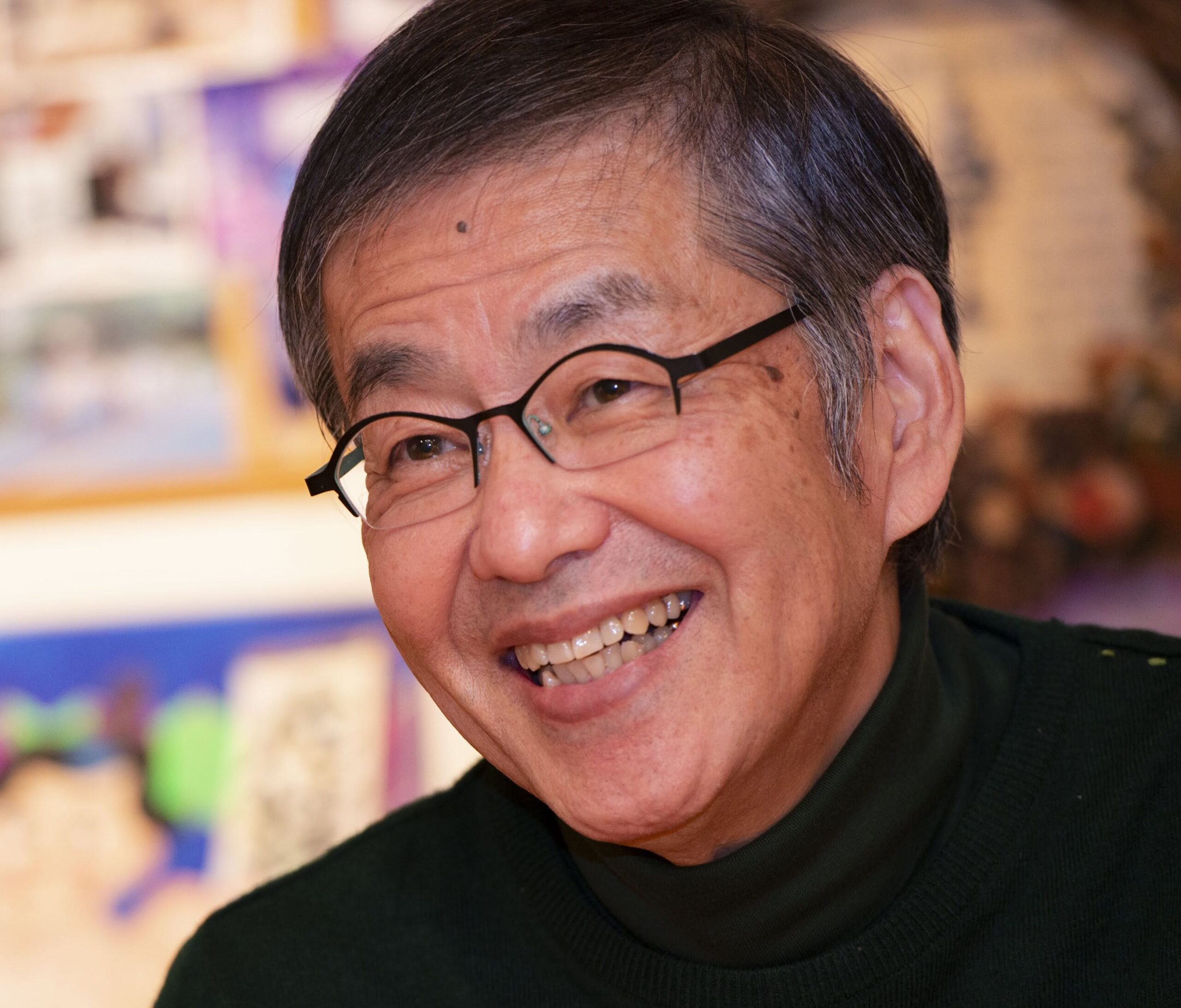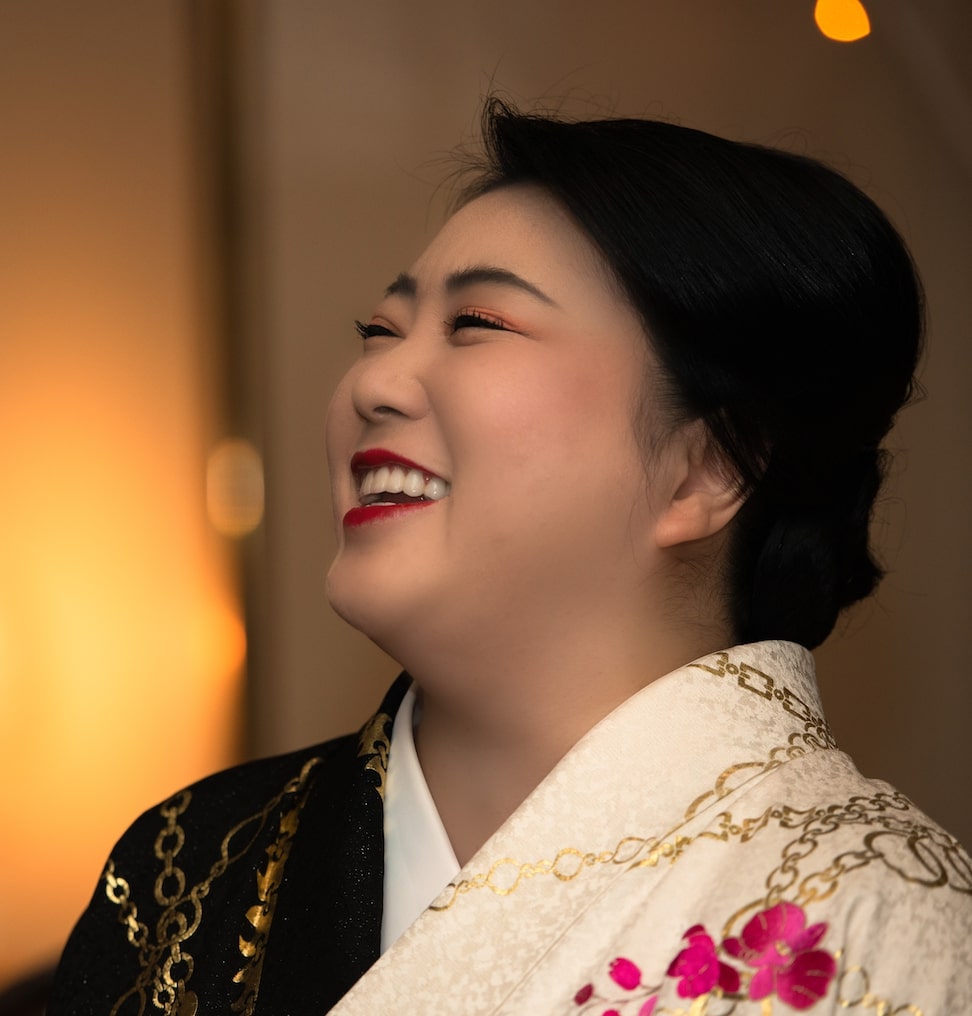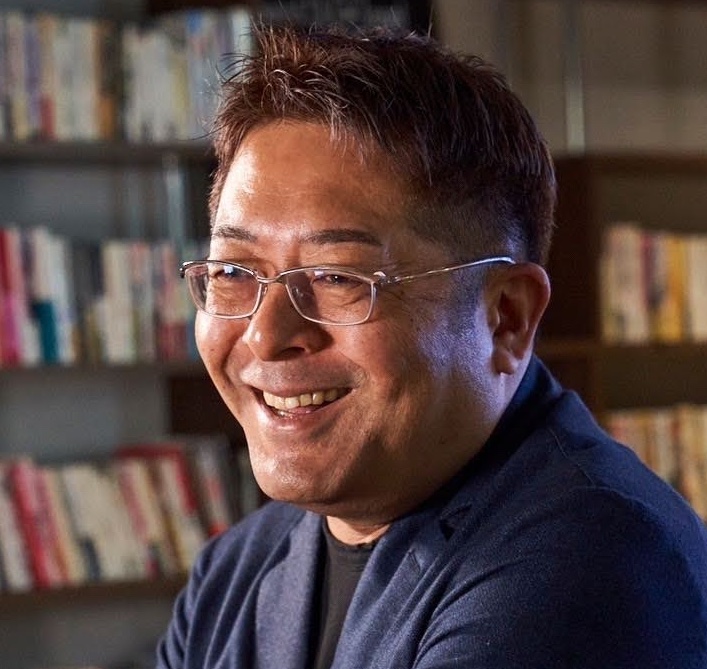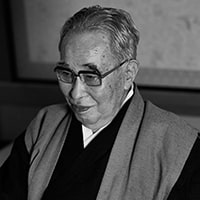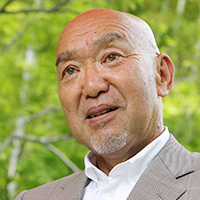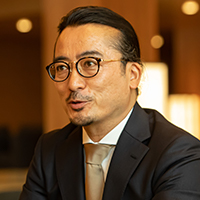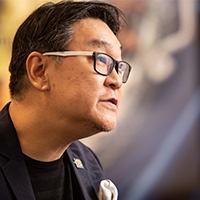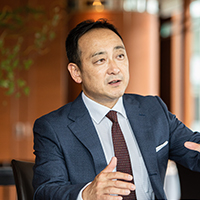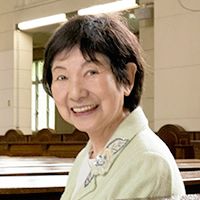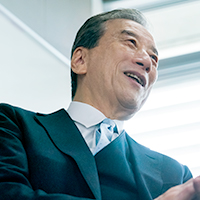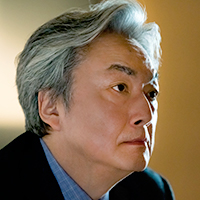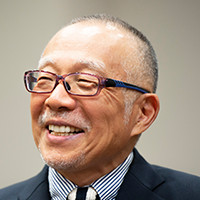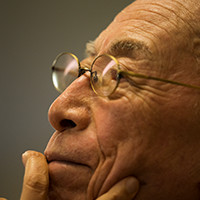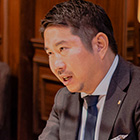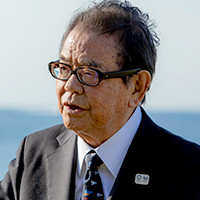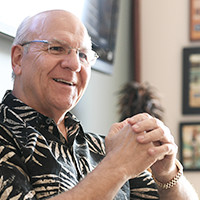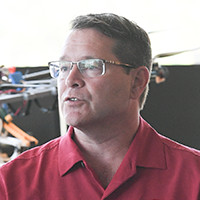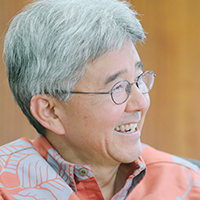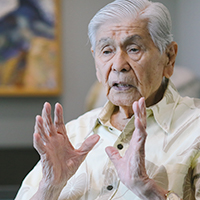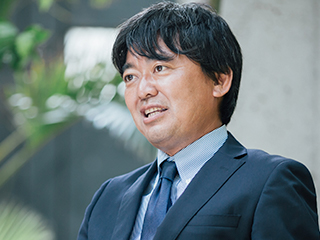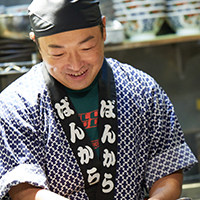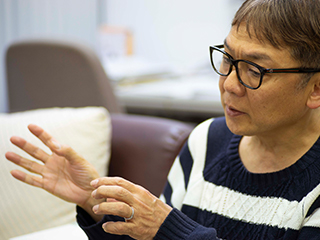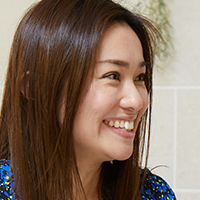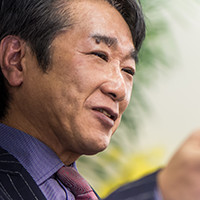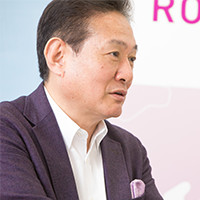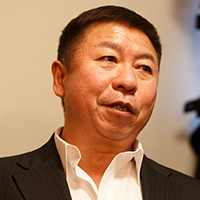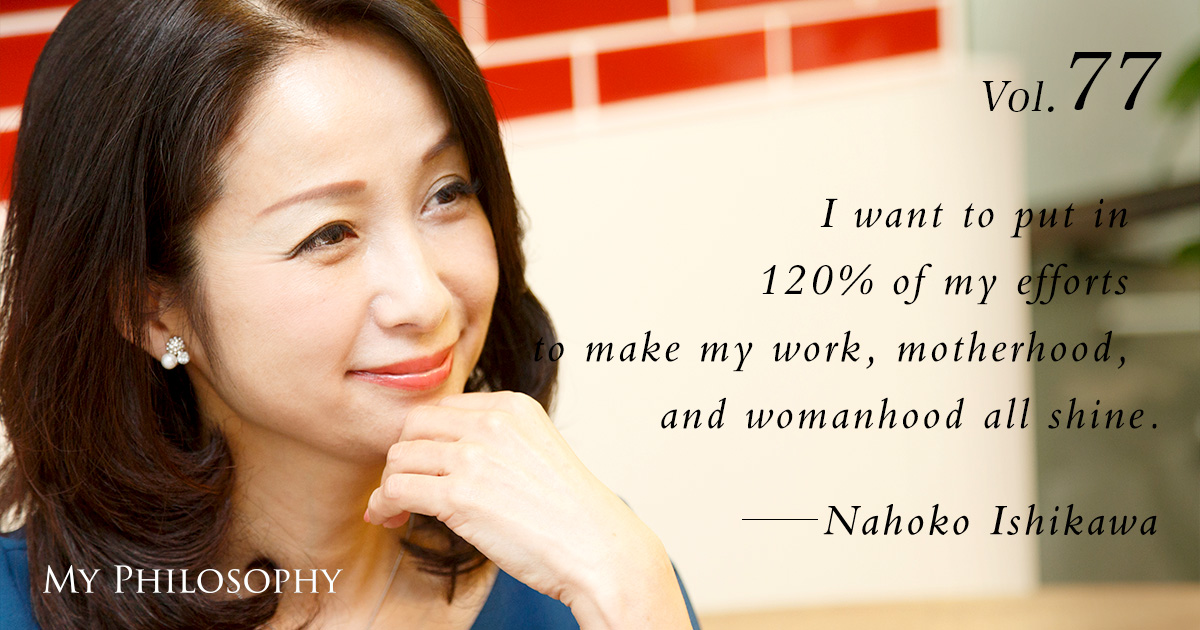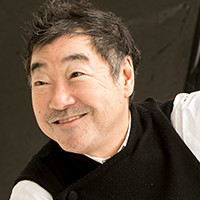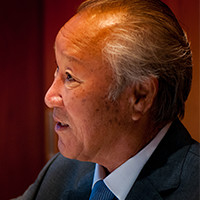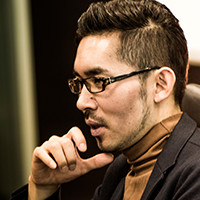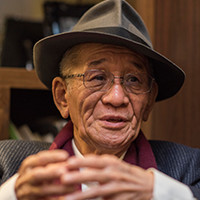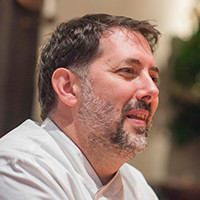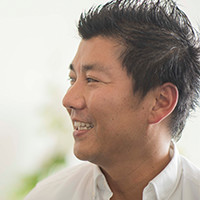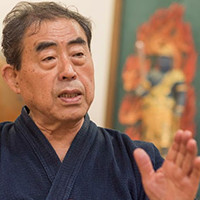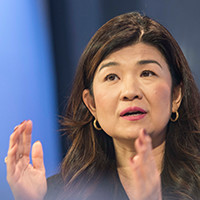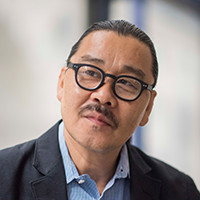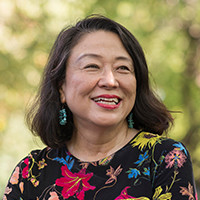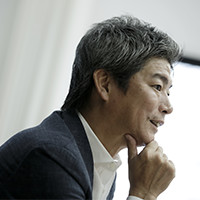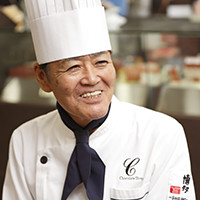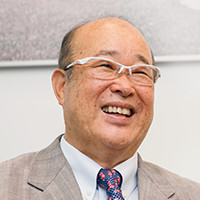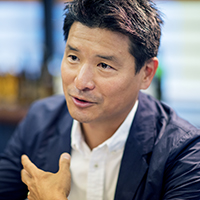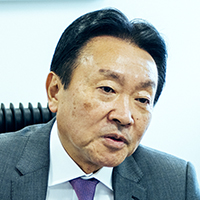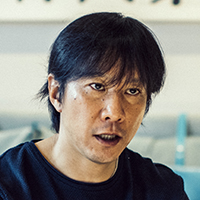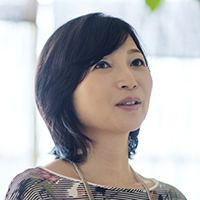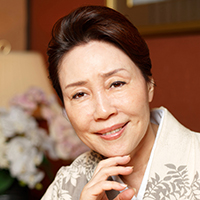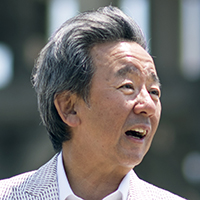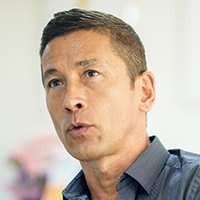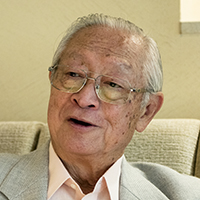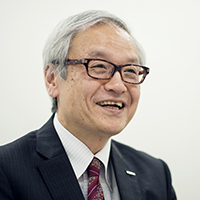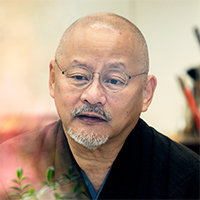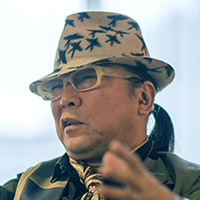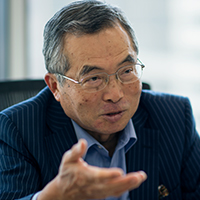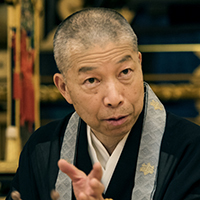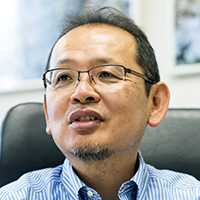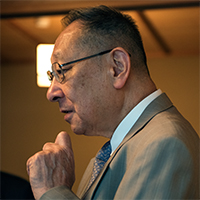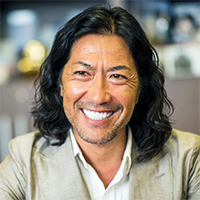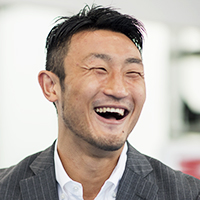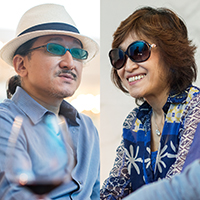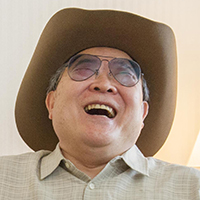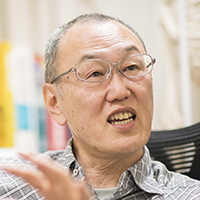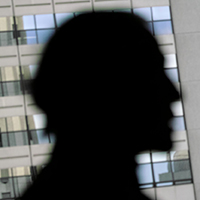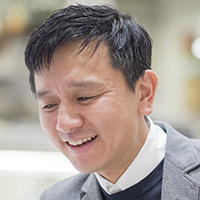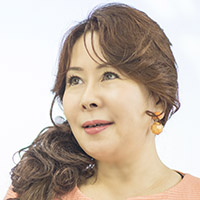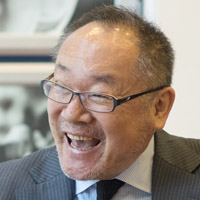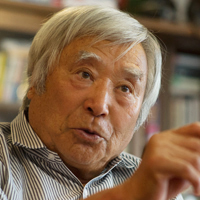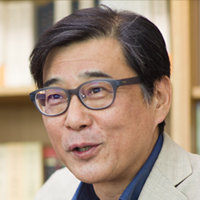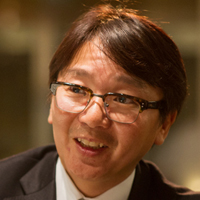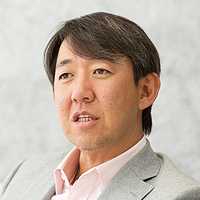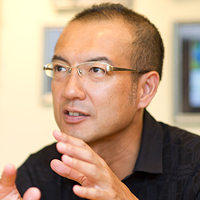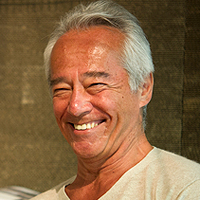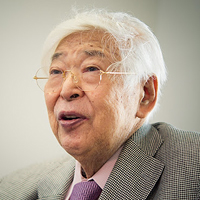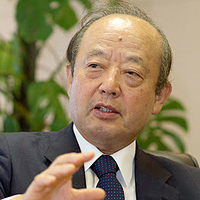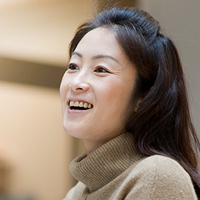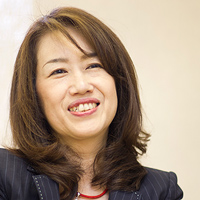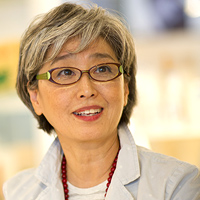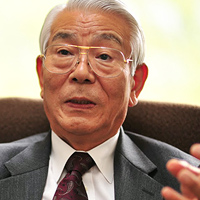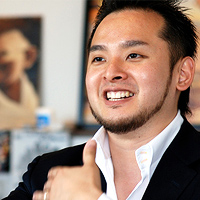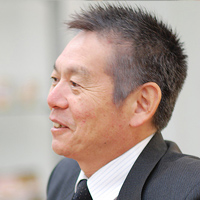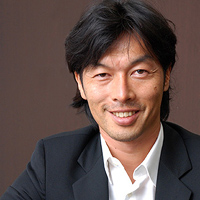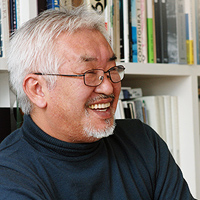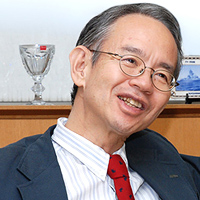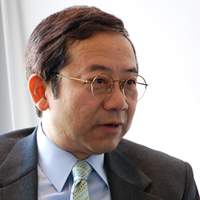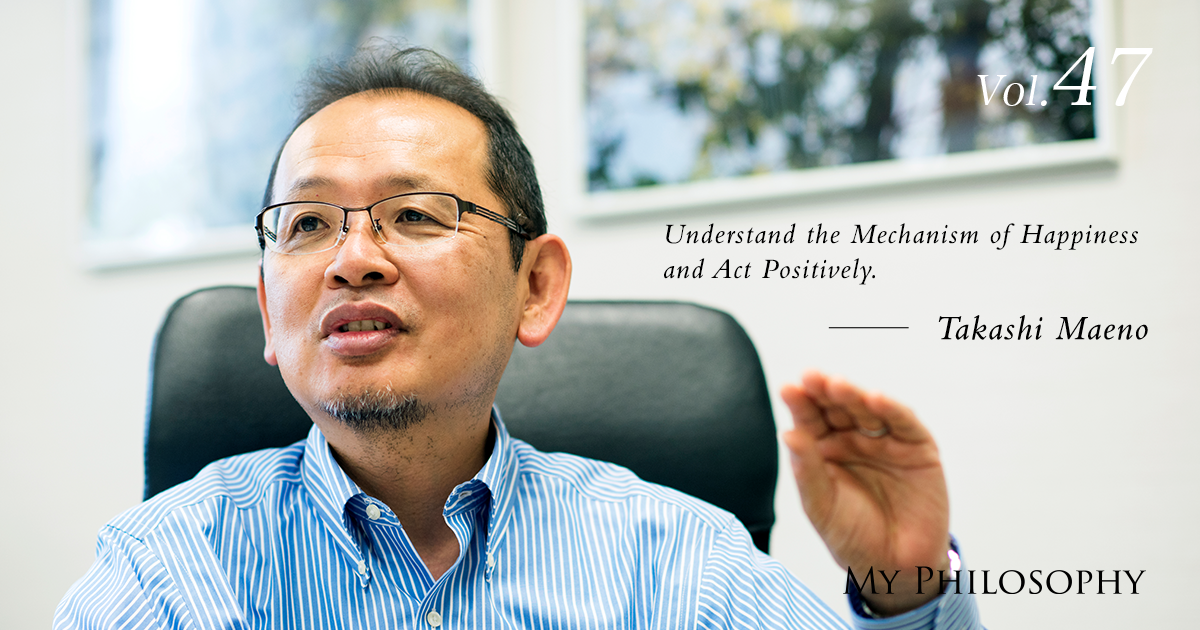
Takashi Maeno, who conducts research on "happiness" from the perspective of System Design Management, shared his insights on the mechanisms for achieving happiness.
Profile
Vol.47 Takashi Maeno
Dean and Professor of the Graduate School of System Design and Management at Keio University.
Born in Yamaguchi Prefecture in 1962, Takashi Maeno graduated from the Department of Mechanical Engineering at the Graduate School of Science and Engineering Tokyo Institute of Technology. He completed his master’s degree in the same field at the Graduate School of Engineering Department of Mechanical Engineering of Science and Engineering. After completing his master’s, he worked at Canon Inc.’s Production Engineering Research Laboratory, served as a visiting researcher at the University of California, Berkeley's Department of Mechanical Engineering, and later became a professor at Keio University’s Department of Mechanical Engineering Faculty of Science and Technology. Since 2011, he has held his current position. In 1993, he obtained his Doctor of Engineering degree from the Tokyo Institute of Technology. His research spans various areas, including human interface design, robotics, education, community, business, a happy life, and a peaceful world, all from the perspective of system design and management.
Among his notable publications are: "Why Did the Brain Create the Mind? — The Passive Consciousness Hypothesis Unveiling the Mystery of 'Self' (No wa naze ”kokoro" wo tsukuttanoka)" (Chikuma Shobo), "How to Develop Thinking Brain Power — Four Thinking Methods to Innovate Work and Life" (Kadokawa One Theme 21), "The Mechanism of Happiness — An Introduction to Practical Happiness Studies" (Kodansha Gendai Shinsho), and "Theory of Happiness in Japan: Unraveling the Mystery of the Japanese People" (Kadokawa Shinsho), among many others.
The titles and positions mentioned are as of the interview conducted in August 2016.
The Virtuous Cycle of Happiness

The basic conditions for happiness are simple: having trustful relationships with those around you and possessing high self-esteem and esteem for others. That’s all there is to it. Many people know that maintaining good health requires eating vegetables and getting moderate exercise, which helps to improve their health and prevent illness. Similarly, by understanding what happiness is, connecting with those around you, having dreams, staying positive, and living authentically, anyone can achieve happiness. Therefore, just like health education, I believe we should also provide education on happiness.
Every decision and choice made from birth affects one’s overall happiness in life. When people take action and see results, they feel happy. Happy individuals are more likely to take further actions, creating a virtuous cycle. However, if small obstacles accumulate, they can lead to experiences of failure. In everyday decisions, such as choosing between playing soccer or baseball, failing to make the best choice can result in unhappiness, leading to reluctance to take future actions. This inaction then results in further unhappiness, creating a vicious cycle. Sadly, this is the mechanism of unhappiness. Many people are trapped in their worries and unhappiness, unable to take action. By removing the elements of unhappiness, people can gain vitality, take action, become happy, and consequently improve GDP and positional goods. I aspire to create a society that fosters this virtuous cycle.
Dream Big and Stay Positive

To create a virtuous society, we conduct activities called “Happy Workshops” to enhance happiness. These workshops focus on improving four factors of happiness: 1) Self-realization and growth, 2) Connection and gratitude, 3) Positivity and optimism, and 4) Independence and going at one’s own pace. For example, in the “Positivity and Optimism” workshop, we encourage participants to reevaluate negative statements and thoughts. Instead of saying, “This aspect of your work is bad,” we suggest saying, “Improving this part will make it even better,” thus offering advice in a positive manner.
When we are born, we have no worries. However, through various experiences, we accumulate self-negativity like “I am not good at this,” and other-negativity like “I dislike that person.” This accumulation of negative thinking leads to unhappiness. In a society where most things are affirmed, everyone can remain happy. Understanding the mechanism of happiness and becoming more positive is crucial. Having dreams and aspirations, helping each other, and acting positively and authentically can significantly enhance one’s happiness. Thinking “I am no good” is not beneficial from the perspective of happiness. It is better to aim straight for your dreams and goals. Overthinking is a waste of energy.
Designing a Second Life

Many Japanese salaried workers fail to realize that without their company titles, they become ordinary people. They often say, “I’ll watch my favorite movies after retirement,” but they would get bored after just three days of doing so. To be happy, one needs some form of creative fulfillment, yet most people retire without realizing this. One of the things I want to focus on in the future is “retirement training.” Some companies already implement this, but I believe we should re-educate retirees on the four factors of happiness. While it might be challenging to educate at the age of 60, discovering one’s strengths, interests, and passions is essential for a better second life. People who understand their strengths are happier. Ideally, knowing both your strengths and weaknesses, and cooperating with others who have complementary strengths, is the best approach.
At the Graduate School of System Design and Management (SDM) at Keio University, where we aim to solve various challenges from a holistic perspective, we teach students to clearly define their objectives and plan meticulously when executing projects. However, some students struggle to plan their own lives. I hope they will use the methods learned at SDM to design their lives as well. This is why I research happiness studies.
For Everyone’s Happiness

In your twenties, selfish desires are the strongest, while altruistic desires increase with age. This is a healthy progression. The twenties are also a time to elevate oneself through the pursuit of honor and wealth. Using these as a driving force to enhance oneself, and then increasing altruism, likely constitutes a good life. Ideally, experiencing everything related to money and status while young might be best. Once attained, it becomes clear that these alone do not constitute happiness. Some people are altruistic from a young age, but that alone may not lead to happiness. Essentially, living a life that becomes more altruistic with age is perhaps the best approach.
In my case, having sufficiently satisfied my selfish desires, I decided at some point to live in a way that contributes to creating a peaceful and happy world. Once decided, life became simpler, worries disappeared, and I am now very happy. To have connections with people, feel needed, and give back to society for everyone’s happiness; this is the way I want to live, even when I turn 80.

When I told interviewer DK Sugiyama, “I have decided to live in a way that contributes to creating a peaceful and happy world,” he pointed out that true leaders say “I have decided to” instead of “I think I will.” He is also someone who has made firm decisions. Many Japanese people are weak in the third and fourth factors of happiness (positivity and optimism, independence and going at one’s own pace), but he excels in these areas. I believe he meets the conditions for happiness. I am excited to see what DK Sugiyama will do to create a peaceful and happy world in the future.
Takashi Maeno,Dean and Professor, Graduate School of System Design and Management, Keio University
Since the release of my book “The Courage to Act (Kodo suru Yuki)” two years ago, I have frequently been asked at lectures, seminars, and individual consultations, “Why are you able to take action, Mr. Sugiyama?” I decided to analyze why I can take action. The conclusion is simply because I am happy. Happy people can take action. Being happy gives you confidence, allowing you to persist and challenge yourself repeatedly without giving up. Conversely, I also noticed that those who do not take action tend to be insincere and masters of making excuses.
So, how can one become happy? I decided to ask Professor Takashi Maeno, whose happiness radiates from his face. He revealed that there is a formula for happiness, and by implementing it, one can lead a better life. The phrase “happy people live longer” is indeed accurate. I highly recommend reading his books.
Since last year, I have been conducting face-to-face surveys on the tendencies of happy people and those who are successful in society. Once the data is collected, I plan to compile it into the “DK Sugiyama Happy Method.”
August 2016,Keio University Hiyoshi Campus, Graduate School of System Design and Management Translated by ILI Inc.










